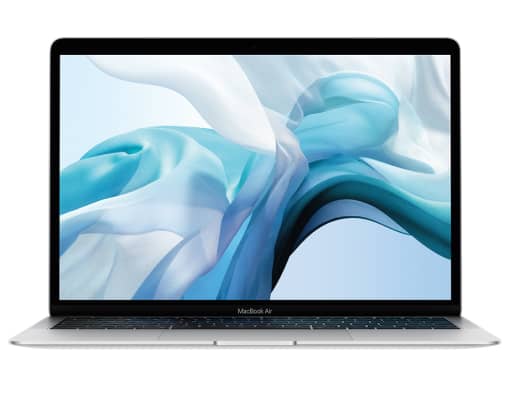We’ve all had it happen at some point or another; our MacBook starts to run slowly. It’s often a subtle process that you might not notice right away until you try out a new device and realise how fast it is in comparison to your MacBook. Let’s look at some of the reasons your MacBook or MacBook Pro runs slowly and what you can do about it.
What Might Be Wrong
Too Many Open Apps
One reason your Mac might be running slower than usual is too many apps open at the same time. It’s common to switch back and forth between multiple apps when working on something or even for entertainment. If you don’t shut those extra apps down, they continue to run.
Programs Running in the Background
Do you have programs that start automatically when you turn on your MacBook? You might just minimise them if you’re in a hurry. They just might be causing your computer to run slower than you’d like. Apps continue to work in the background until you close them out.

Full Hard Drive
Most people already know that a full hard disk can cause their MacBook to run slowly. The hard drive, or HDD, has your programs, photos, videos, music, and more. If there is a lack of storage space, you are going to notice that your Mac’s performance will be less than speedy. The good news is that you can clean up your hard drive by deleting old files and downloads. You can also copy videos, movies, and television shows to external drives so they aren’t taking up precious hard drive space. These are a few of the most common reasons MacBooks might run slowly. Of course, if you don’t want to go through the trouble of fixing these issues you could always just get a new MacBook. You probably deserve it.

Restart Needed
The main reason a MacBook might run slowly is that it needs to be restarted. Most of us are guilty of using our MacBook when we need it and simply closing the screen when we’re done. Restarting the computer clears the cached files and helps your RAM have a fresh start. It also closes out programs that are running. Sometimes, you might leave a program running while you switch to another program. The program may run in the background without you realising it which causes an extra strain on your MacBook.
Shuting Extra Apps Down
After multiple days of going back and forth between apps, it’s possible to end up with many apps running in the background of the one you’re using. You can “Force quit” to close all apps. After you do this, however, make sure you restart your computer.
Minimising Automatically Running Apps
If you’re not sure how to tell if there are apps starting automatically and running in the background, follow these steps. Open “System Preferences” and click on “Users & Groups”. Look for your username and then choose “Login Items”. Look at the programs that come up during login and remove the ones you don’t want to open during login.
